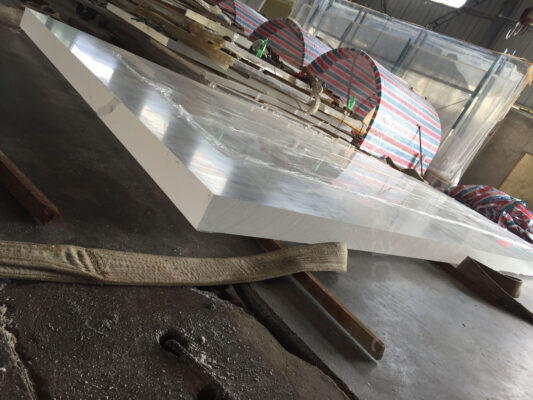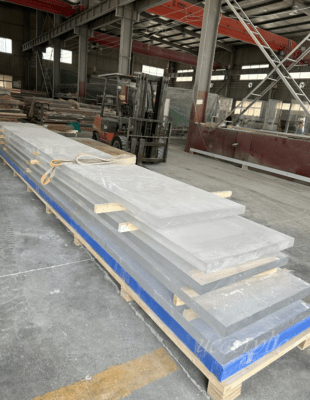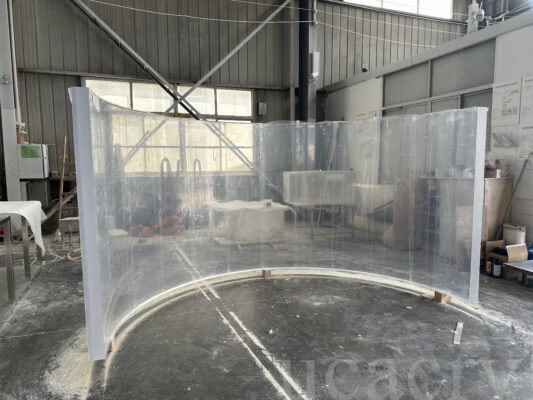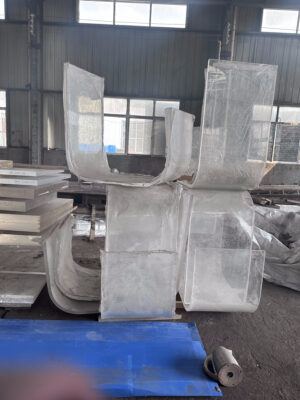What is Acrylic Sheet? A Guide to Types, Uses, and Quality Identification
Acrylic sheet, also known as plexiglass sheet, is a versatile transparent organic material widely used in construction, advertising, and industrial applications. Its high transparency, weather resistance, and ease of processing make it a popular choice for various projects. This guide will explore the types of acrylic sheets, their manufacturing processes, performance characteristics, and how to check High quality acrylic sheets
Acrylic sheet – representative of transparent organic materials
What is Acrylic Sheet?
Acrylic sheet is a polymer material made from methyl methacrylate (PMMA). It is known for its clarity, durability, and lightweight properties. Often referred to as plexiglass sheet, acrylic sheet is a cost-effective alternative to glass, offering superior impact resistance and versatility in design. Many people ask, what is the difference between acrylic and plexiglass? The truth is, both terms refer to the same material, but different manufacturers may use different names.
Types of Acrylic Sheets
Types of acrylic sheets vary based on their manufacturing process and intended use. Some common types include:
- Cast Acrylic Sheets: Known for high transparency and precision, ideal for detailed work like signage and displays.
- Extruded Acrylic Sheets: More cost-effective and widely used in advertising and construction.
- Colored Acrylic Sheets: Available in a range of colors for decorative and design purposes.
- Impact-Resistant Acrylic Sheets: Designed for applications requiring extra durability.
- Anti-Fog Acrylic Sheets: Used in environments where condensation is a concern, such as refrigerated displays.
When choosing the best acrylic sheet, consider factors like transparency, thickness, weather resistance, and budget to ensure the best quality acrylic sheet for your needs.
Manufacturing process and performance characteristics, the excellence of acrylic sheets
Manufacturing Process and Performance Characteristics
The production of high quality acrylic sheets involves several steps, including raw material preparation, casting or extrusion molding, cooling, cutting, and surface treatment. This process gives acrylic sheets their unique properties:
- High Transparency: Acrylic sheets offer over 93% light transmittance, making them clearer than glass.
- Weather Resistance: They withstand UV exposure and harsh weather conditions without yellowing or cracking.
- Ease of Processing: Acrylic can be cut, bent, drilled, and bonded with ease.
- Lightweight and Durable: Acrylic vs glass durability comparison shows that acrylic is half the weight of glass and highly impact-resistant.
How to Identify High-Quality Acrylic Sheets
With varying quality levels in the market, it’s essential to know how to check acrylic sheet quality distinguish the best quality acrylic sheet from inferior ones. Here are five tips:
1. Visual Inspection
- Check for smooth, flawless surfaces without bubbles, cracks, or scratches.
- High-quality sheets have uniform color and high gloss.
2. Light Transmittance Test
- Use a white light source to check for pure, clear light transmission.
- Yellowish or bluish tints indicate impurities or aging.
3. Thickness and Hardness Test
- Measure the thickness to ensure uniformity.
- Test surface hardness with a hardness tester; high-quality acrylic sheets are scratch-resistant.
4. Flame and Softening Test
- High-quality acrylic melts under heat without producing black smoke or strong odors.
- Inferior sheets may burn or emit toxic fumes.
5. Edge Packaging and Manufacturer Certification
- New, high-quality sheets often have soft edge packaging to prevent scratches.
- Choose products from reputable brands with relevant certifications.
Applications of Acrylic Sheets
Acrylic sheets are used in a wide range of industries, including:
- Construction: Windows, skylights, and partitions.
- Advertising: Signage, displays, and lightboxes.
- Home Décor: Furniture, shelves, and decorative panels.
- Industrial: Protective barriers, machine guards, and aquariums.
Conclusion
Acrylic sheets are a versatile and durable material with numerous applications. By understanding their types, manufacturing processes, and quality identification methods, you can make informed decisions and choose the best acrylic sheets for your projects. Whether for construction, advertising, or home use, acrylic sheets offer a combination of clarity, strength, and design flexibility that is hard to match.




